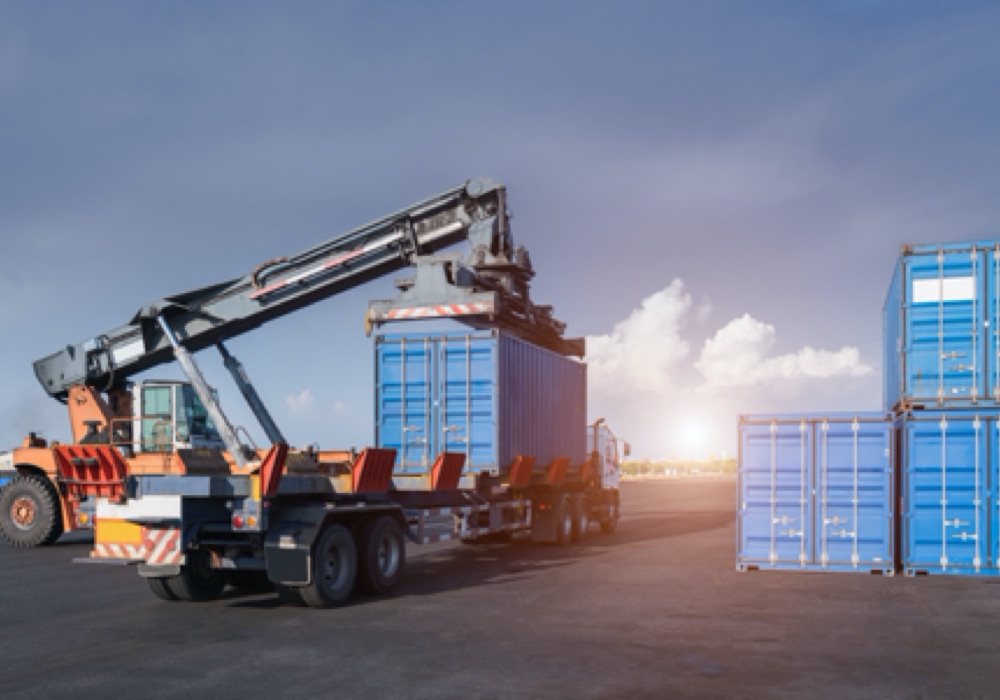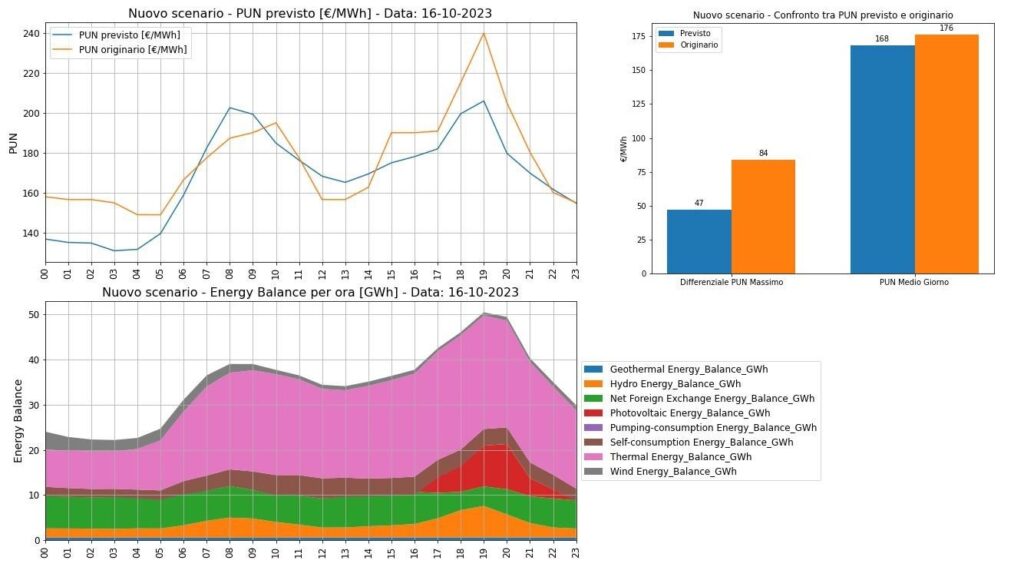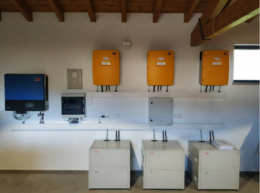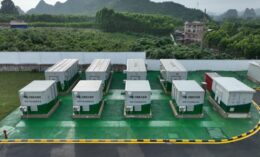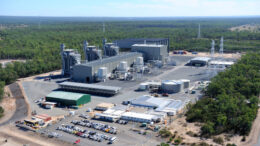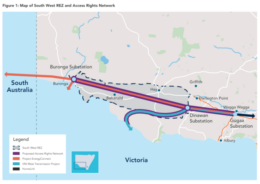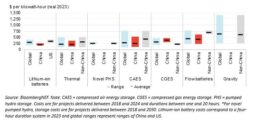Indian utility NTPC launches 1.2 GW renewables-plus-storage tender
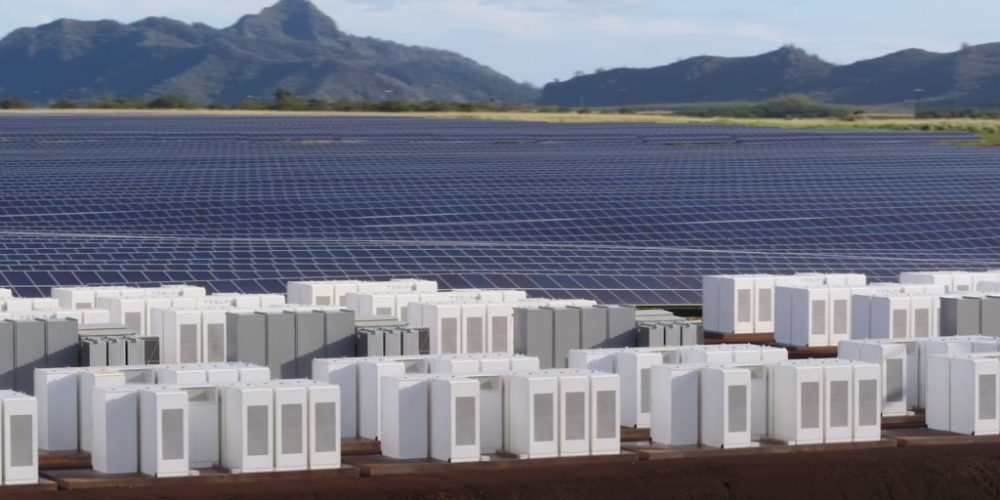
India’s energy storage sector is growing in leaps and bounds in a bid to complement the exponential growth of the nation’s renewable energy sector.
By the end of last year, India awarded 8 GW of energy storage tenders as policymakers had recognized the technology’s importance for the country’s evolving power landscape, allocating 60% of these in 2023 alone, according to a report by the Institute for Energy Economics and Financial Analysis (IEEFA) and JMK Research & Analytics.
First issued in 2023, Firm and Dispatchable Renewable Energy (FDRE) tenders are demand profile-driven tenders designed to ensure firmness and dispatchability of renewable energy.
According to IEEFA and JMK, FDRE tariffs are already comparable to, if not lower than, traditional fossil fuel-based power generation. With longer tenures of up to 25 years, as grid-scale FDRE storage projects mature, their tariffs will likely become even more attractive, the analysts say.
India’s latest such tender was launched last week by state-run power producer NTPC. The company has invited bids from renewable energy developers to supply 1.2 GW of firm and dispatchable power from renewable energy projects coupled with energy storage system.
The projects shall be developed on a build-own-operate basis. They can be located anywhere in India and should connect to the interstate transmission grid, the utility said.
The minimum project size shall be 50 MW, whereas the maximum capacity to be allotted to a single bidder is 600 MW.
In March, NTPC allocated 1,584 MW of renewables-plus-storage projects at $0.056/kWh. A year earlier, the power producer initiated a tender to install at least 1,500 MW/9,000 MWh of interstate transmission system (ISTS)-connected energy storage capacity across India.
Other stakeholders have also issued major storage tender announcements this year. For instance, in March, the Solar Energy Corporation of India (SECI) launched a tender for 4,000 MWh of grid-scale battery storage, which will be supported by the government’s Viability Gap Funding (VGF) scheme.
With gigawatts of massive energy storage projects in the pipeline, India has recently welcomed its largest battery storage project to date. The 120 MWh grid-scale battery located in the state of Chhattisgarh is paired with a 100 MW PV plant.
Further energy storage rollout is seen as a necessary piece of the decarbonization puzzle. At the recent International Conference on Stationary Energy Storage India (SESI) 2024, experts said that the country needs an advanced battery energy storage system ecosystem with over 238 GWh of capacity to support its targeted non-fossil energy capacity of 500 GW by 2032.





